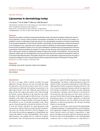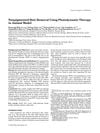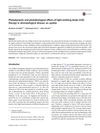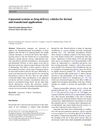Protoporphyrin IX: The Good, the Bad, and the Ugly
November 2015
in “
Journal of Pharmacology and Experimental Therapeutics
”
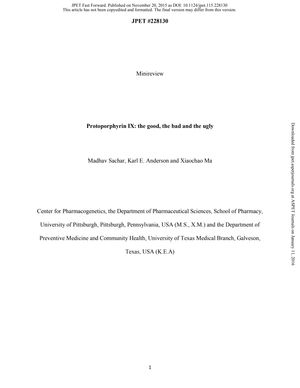
TLDR Protoporphyrin IX is useful in cancer treatment but can cause health problems if not properly regulated.
The document reviewed the dual nature of Protoporphyrin IX (PPIX), highlighting its beneficial applications in photodynamic therapy (PDT) for cancer treatment and its role in various medical conditions when its homeostasis is disrupted. It detailed the biosynthesis and regulation of PPIX, noting that mutations in the ALAS2 gene can lead to excess production and conditions like X-linked protoporphyria (XLP), while deficiencies in other enzymes like ALAD and PPOX can result in diseases such as ALAD deficiency porphyria and variegate porphyria (VP), respectively. Accumulation of PPIX can cause photosensitivity and liver damage, with treatments ranging from protective measures and pharmaceuticals to liver transplantation. The document also mentioned that PPIX-based PDT has been FDA-approved for treating cancers and is being explored for other conditions, including alopecia. However, it emphasized the need for new strategies to manage PPIX levels and prevent liver injury.

